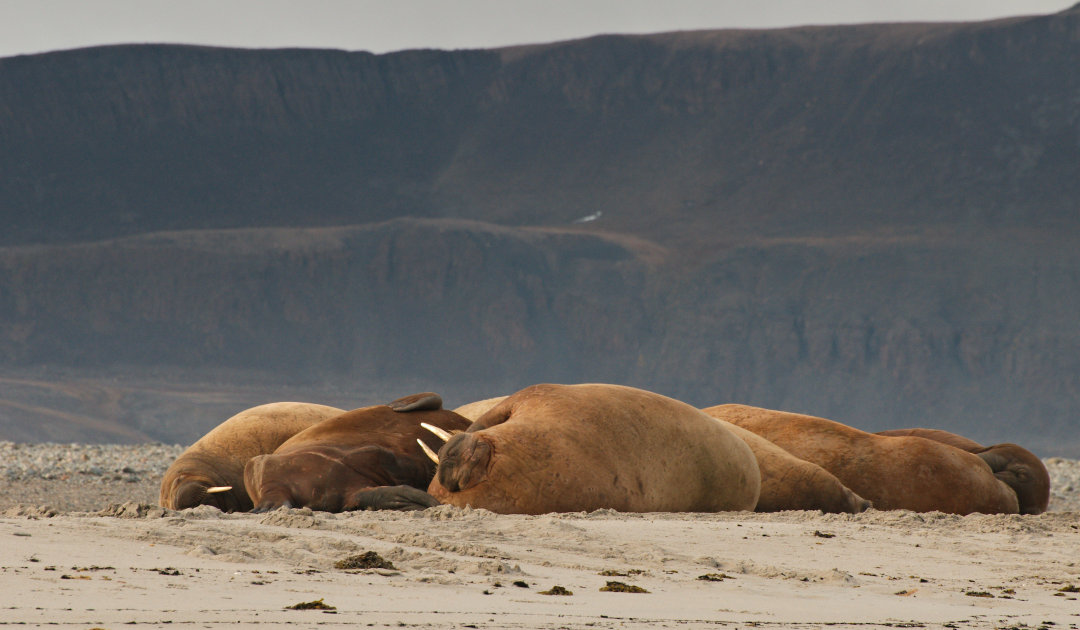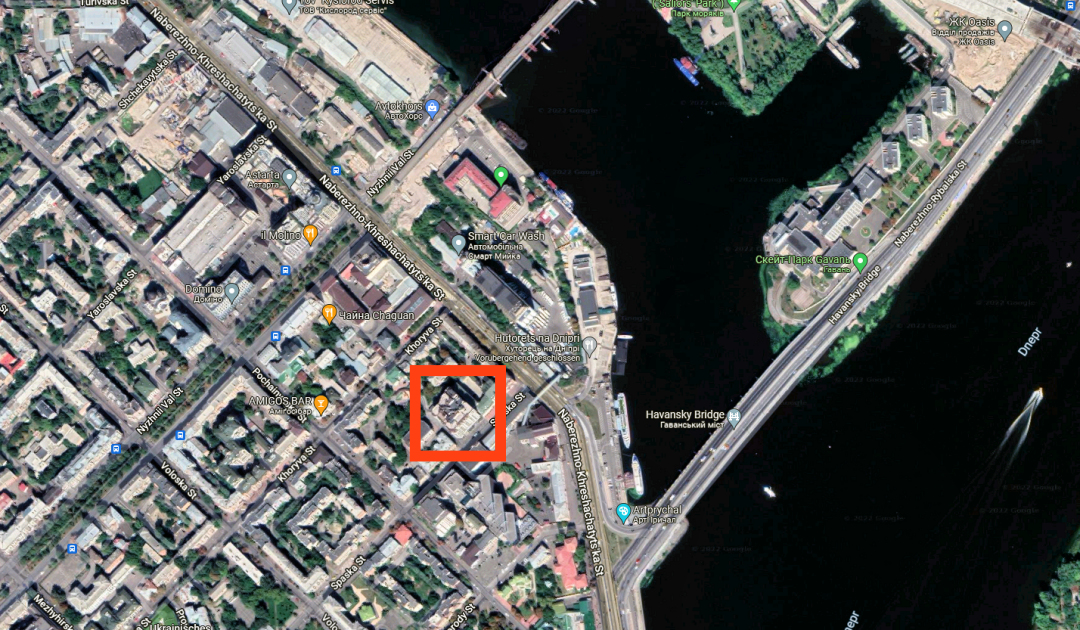
In the Middle Ages, the Norsemen from Scandinavia, Iceland and Greenland not only made coastal areas unsafe by robbing and pillaging. Rather, they were skilled, if warlike, traders. A trade good that basically only they could acquire was the precious walrus ivory and walrus bones, which came from Greenland and Iceland, among other places. A surprising find in Kiev now shows that these goods had once made it to faraway Ukraine as trade goods.
Archaeologists had discovered nine massive skull parts and carvings of walruses in the silt and sand of the bank of the Dnieper, the river that runs through Kiev, among other numerous artifacts. DNA analysis of the bones showed that the majority were walruses from the western Atlantic, more specifically from western Greenland and the Canadian Arctic. Analysis of the surrounding layers of the site dated them to the 12th century and a closer look at the carvings and the cuts suggested Scandinavian origins. All in all, the research team led by James Barrett of the Norwegian University of Science and Technology NTNU and Natalia Khamaiko of the Ukrainian National Academy of Science concludes that the findings point to an intercontinental trade network of Greenlandic Norsemen that must have reached as far as Kiev and even further into Russia and Asia.


For the two archaeologists responsible for the study which was just published in the journal Proceedings of the Royal Society B, the findings are surprising and exciting. Because until now, it had been assumed that trade had only taken place regionally. “Eastern European finds previously came from Eastern European walruses,” James Barrett explains. The Russian Novgorod played an important role in this, where a large center for walrus carving in Eastern Europe had been located. Therefore, walruses from Greenland, eastern Canada and Iceland were thought to have been used for the Scandinavian-Western European market. The surprise was all the greater when Khamaiko and her team discovered, in addition to the walrus parts, parts of game pieces from the hnefatafl popular with Norsemen and Vikings. “The parts looked exactly like those found in Scandinavia,” says Natalia Khamaiko. This shows that the demand for the coveted walrus materials went much further than just medieval Europe.

Items made from walrus ivory were highly sought after in the early Middle Ages, both by the wealthy upper class and the churches. Especially in the Islamic world, the material was used for sword and dagger hilts, but also game pieces and religious ornaments. And since the Vikings and Norsemen (Vikings in Iceland and Greenland are called Norse) were into silver and other valuable metals, trade relations were a win-win situation for both sides. The walruses on the other hand were the losers in the relationship. For their population in Iceland, James Barrett suspects, was so decimated shortly after the Vikings arrived there in 870 that they became extinct. And also in Greenland the animals were exposed to a massive hunting pressure in the course of time, because the demand was obviously higher than previously assumed. It was only with new trade routes in Africa and the advent of ivory from elephants that the Vikings and Norsemen lost their most valuable commodity next to furs.

When the Norsemen under Erik the Red moved further into Greenland and formed two settlement regions there, they were able to access the larger walrus populations in western Greenland and eastern Canada. The snout parts of the animals, where the coveted tusks were located, were cut off and transported up the Dnieper via the Baltic Sea. Here they were probably sold by the then ruling Rurik dynasty, which had extensive connections, on to the Black Sea and the Middle East and probably as far as India. For Barrett and Khamaiko, it is clear that these finds show how great the power and trade relations of Kiev were at that time: “Kiev was a trade center and hub between Europe and the East at that time.” Not least thanks to bones from the far shores of the Arctic.
Dr Michael Wenger, PolarJournal
More about this topic





